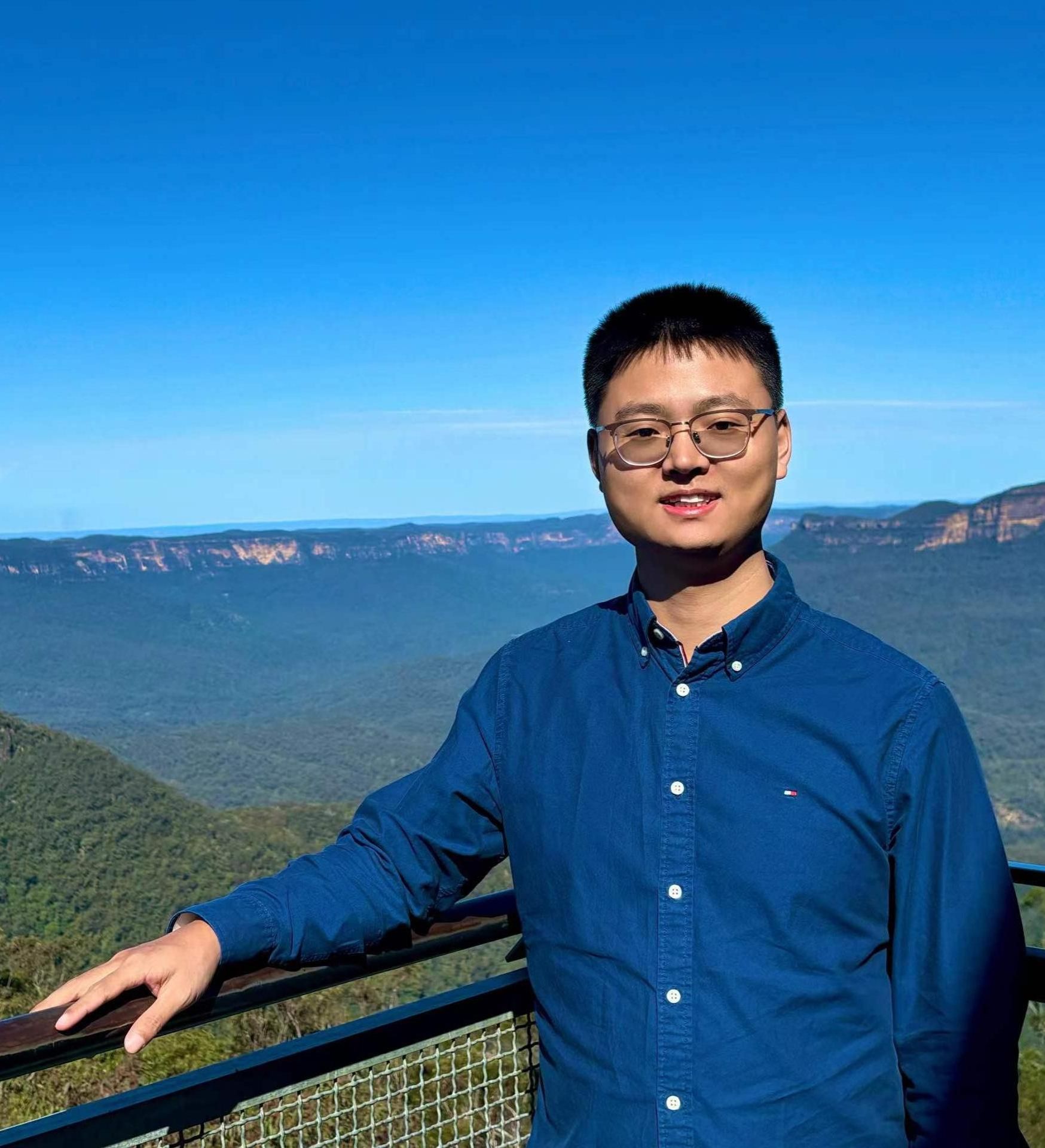
Tao He
Assistant Professor Tutor of master degree
Email:t.he@blcu.edu.cn
Office: Room 1129, ZonghekeyanBuilding
Research Interests
My current research directions include the neural mechanisms of auditory and speech anticipation, the processing mechanisms of audio-visual integration, sequence learning, and the processing mechanisms of Chinese second language acquisition. The research methods include functional magnetic resonance imaging (fMRI), magnetoencephalography/electroencephalography (M/EEG), eye tracking, combined with neural modeling, machine/deep learning algorithms, etc.
Education and Research Experience
2022 - Present: Assistant Researcher, Center for the Cognitive Science of Language, Beijing Language and Culture University, China
2020 - 2022: Postdoctoral Researcher, School of Psychology and Cognitive Science, Peking University, China
2016 - 2020: Ph.D. in Cognitive Neuroscience, Donders Institute for Brain, Cognition and Behavior, Radboud University, the Netherlands
Scientific Research Projects
National Natural Science Foundation of China (NSFC) Youth Project "Neural Mechanisms of Anticipatory Uncertainty," Principal Investigator, 2025 - 2027
Beijing Natural Science Foundation Youth Project "Neural Mechanisms of Sequence Learning Representation in Sensory Cortex," Principal Investigator, 2024 - 2025
General Project of Humanities and Social Sciences Research, Ministry of Education "Neural Mechanisms of Memory Development Enhanced by Neural Activity Replay in Adolescents," Principal Investigator, 2023 – 2025
Beijing Language and Culture University's 2022 Major Special Project "Bilingual Brain Language Connectome and Plasticity and Development of Chinese Second Language Ability," Sub-project Leader, 2022 – 2024
NSFC General Program "Neural Mechanisms of Color Processing in Human Visual Cortex," Key Participant, 2022 - 2025
Ministry of Science and Technology's Innovation 2030 - "Brain Science and Brain-like Research" Major Project "Cognitive and Neural Circuit Mechanisms of Perceptual Learning," Project Participant, 2022 - 2027
Beijing Language and Culture University's Doctoral Research Initiation Fund Project "Neural Mechanisms of Artificial Grammar Learning and Anticipation," Principal Investigator, 2022 – 2024 (Completed)
China Postdoctoral Science Foundation General Grant "Neural Mechanisms of Anticipatory Feedback Information Attributes in Humans," Principal Investigator, 2021 – 2022 (Completed)
Publications
Published Papers
HeT.,GongX., WangQ., ZhuX., LiuY., FangF (2024). Non-feature-specific elevated responses and feature-specific backward replay in human brain induced by visual sequence exposure.eLife.
He T., Richter D., Wang Z., & de Lange F.P. (2022). Spatial and temporal context jointly modulate the sensory response within ventral visual stream. Journal of Cognitive Neuroscience, 34(2), 332–347.
Yan C., He T., & Wang Z. (2021). Predictive remapping leaves a behaviorally measurable attentional trace on eye-centered brain maps. Psychonomic Bulletin & Review, 28, 1243–1251.
Guo C.C.G., He T., Grandjean J., & Homberg J. (2021). Knockout serotonin transporter in rats moderates outcome and stimulus generalization. Translational Psychiatry, 11, 25.
He T., Fritsche M., & de Lange F.P. (2018). Predictive remapping of visual features beyond saccadic targets. Journal of Vision, 18(13), 20-20.
Ding Y., Zhao J., He T., Tan Y., Zheng L., Zhang X., & Wang Z. (2016). Selective impairment of covert attention in Chinese dyslexic children. Dyslexia, 22(4), 362-378.
Yan C., He T., Klein R.M., & Wang Z. (2016). Predictive remapping gives rise to inhibition of return in environment-centered coordinates. Psychonomic Bulletin & Review, 23(6), 1860-1866.
Ding Y., He T., & Wang Z. (2016). Inhibitory cueing effects following manual and saccadic responses to arrow cues. Attention Perception & Psychophysics, 78(4), 1020–1029.
He T., Ding Y., & Wang Z. (2015). Environment- and eye-centered inhibitory cueing effects are both observed after a methodological confound is eliminated. Scientific Reports, 5, 16586.
Work in Progress
He T., Ekman M., Vandenbroucke A. R., & de Lange F. P. Visual working memory representations in visual and parietal cortex do not remap after eye movements.BioRxiv, 747329.
He T., Yan C., & Wang Z. The brain tags previously fixated locations and leaves a retinotopic trace on attention maps.In prep.
Sun X.*, He T.*, & Fang F. Prediction uncertainty decoded from human occipital cortex predict behavior.In prep.
Gong X., He T., Wang Q., Lu J., & Fang F. Time Course of Orientation Ensemble Representation in the Human Brain.Under review.
Honors and Awards
2020: Postdoctoral International Exchange Program Introduction Project
2020: Peking University Boya Postdoctoral Fellowship
2016: China Scholarship Council Scholarship
Teaching Experience
Introduction of Functional Magnetic Resonance Imaging (Graduate Core Course)
Experimental Programming and Data Analysis in Python (Graduate Core Course)
Brain and Cognition (Undergraduate General Course)
Language Cognitive Science Research and Application Workshop - Eye Tracking Experiment Technology (Workshop)
Language Cognition Science Research and Application Seminar -- Near-Infrared Spectroscopy Brain Functional Imaging Technology (Workshop)